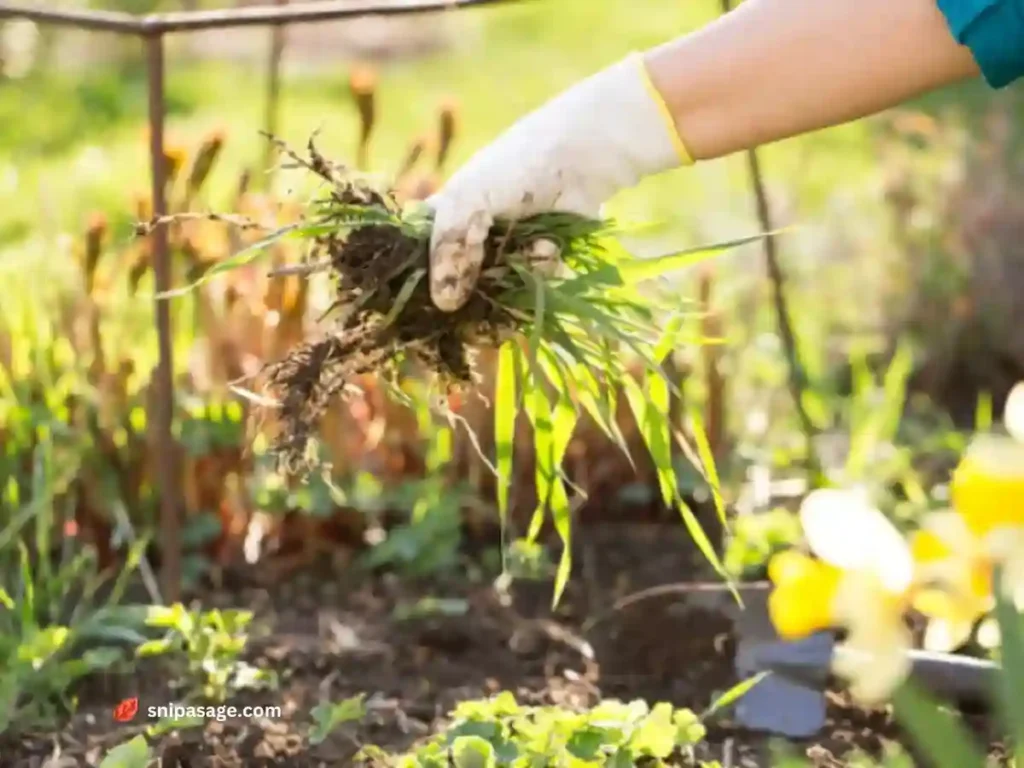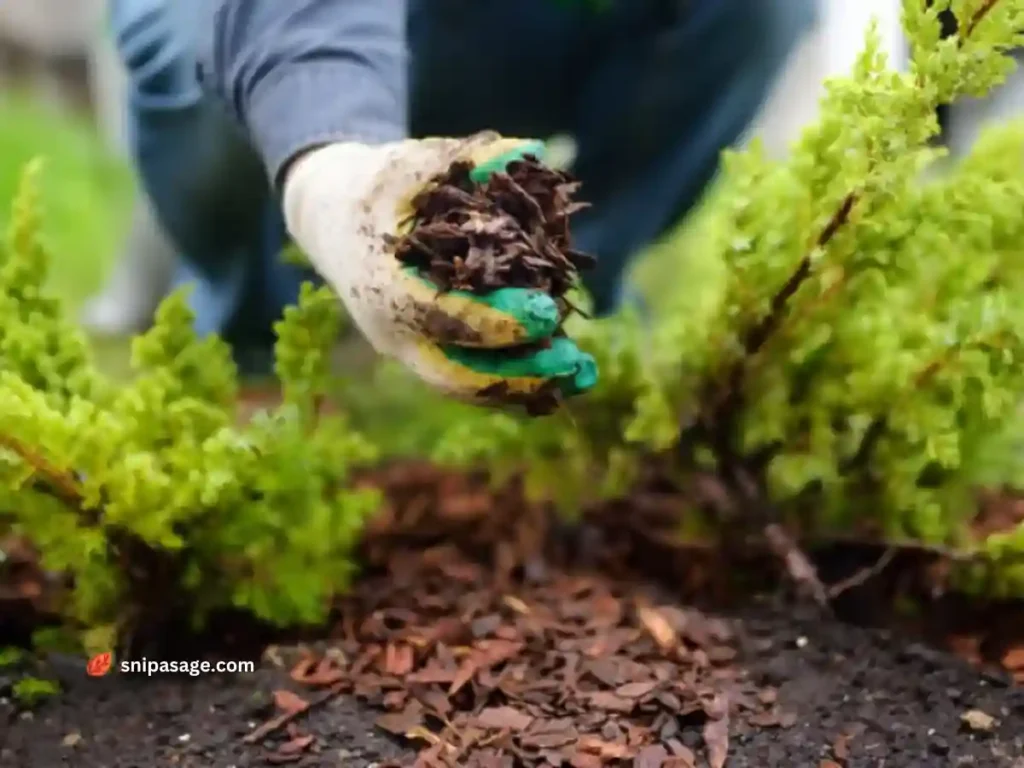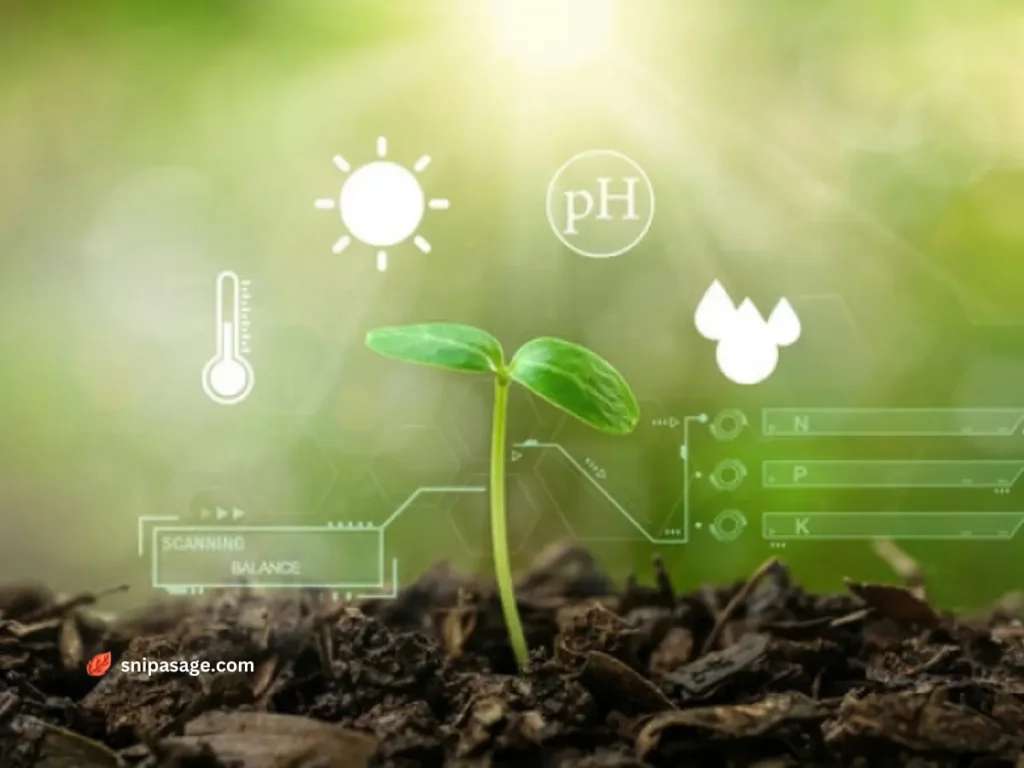Farmers need soil to be in good condition. It’s filled with things plants need to grow strong and healthy. Gardeners work hard digging into the earth and adding stuff like manure or lime to make their gardens look nice and their flowers pretty. You can grow anything you want because of how wonderful it is!
All you have to do is keep it nice and clean; this may sound annoying at first, but trust me when I say hoeing helps a lot. If you have some dirty soil in your backyard, don’t freak out. There’s no loss just yet. With a little bit of work, we can turn any grimy land into something suitable for planting! The steps are easy enough that anyone can follow along so I wouldn’t stress about this project too much. Just relax, grab yourself some manure, lime, and fertilizer, and get ready to do some yard work!
How to Acquire Cultivated Soil in Seven Straightforward Steps:
Step 1: Find Out Your Soil Type
- Soils at a Glance
There are four types of soil. The first is loose and grainy, followed by fine soil, sticky soil, and a mix of all three. Finding out the exact type will help you provide better care for your plants. Here’s how to figure it out.
- Sandy Soil
Sandy soil is loose, like beach sand. It doesn’t hold onto water very well, so nutrients will just wash away before the plants can take them in. However, this is a good thing for some plants! Some of them thrive in dry conditions where there are plenty of food shortages.
- Clay Soil
Clay soils are thick and tight. They hold onto moisture better than sandy soils because particles are packed more tightly together. As a result, they also retain more nutrients – if you use them properly. Otherwise, you may find it too difficult for some of your plants to grow in this heavy dirt.
- Silt Soil
Imagine a baby made of sand and clay – that’s silt. It inherits the best of both worlds from its parents. You get the cool absorbency powers of clay and the breezy nature of sand. It doesn’t have any severe drainage issues that come with pure clay, which makes it a great all-rounder for most plants.
- Loam Soil
The dream soil for gardeners is loam. It’s the representation of perfection in this industry. Loamy soils are just right – not too much, not too little. They offer great drainage without sacrificing water and nutrient retention thanks to their perfect mix of sand, silt, and clay. Think Beyoncé vibes.
- Diagnosing Your Soil
A simple squeeze test can help you identify what kind of soil you have in your garden. Take a fistful of moist soil and squeeze it into a ball. Sandy soil will crumble easily; silty soil will form a solid ball that breaks apart with a light tap and clay soil will hold its shape until a significant force is used to break it up. Loamy soil should stay together in one piece while still being easy to destroy by rolling between your hands again and again.
Step 2: Preparing the Soil
Before you plant that first seed, your soil deserves a little TLC:
- Clearing the Area
Firstly, give the area a good clean up. And when we say clean, we mean it! Get rid of those leaves, grass, and large rocks, pronto! If you leave them around for too long, they’ll break down on your soil. Not only will that attract bugs, but it’ll make it harder for plants to absorb any nutrients.

- De-weeding and Ridding Debris
Now, let’s get into the specifics. You gotta rip weeds out by their roots. Don’t want them slithering back in while you’re not watching! Also, if there are any sticks or roots lying about – toss them! Better yet, chuck them far away from the area you’ll be planting seeds in. Those things can easily block germination.
- Loosening Up
All right now, we’re getting into the meat of it (not literally!) Jab your fork or spade into that soil till it’s 8 to 12 inches deep. Really dig in there! This helps water penetrate quicker and makes room for plant roots to spread out all over the place. Plus, it gives them a fresh whiff of oxygen, too! Plants need some air just like us (sorta!).
Step 3: Organic Matter: The Soil’s Superfood
Composting and mulching are carried out on cultivated soil to help keep plants alive. Organic matter is the superhero food for soil; it enriches soil with vital nutrients, making it stronger. It’s like a cameo appearance in a superhero movie that makes the soil alive with teeming little creatures. Regular cultivation of garden aficionados requires aerating and amending their soils.
- Composting: Grandma’s Recipe for Perfect Soil
With just a little bit of love, soil decomposes to mulch, a powerful tool for your garden. Mulches act like garden blankets that can help keep soil temperature in check by retaining the needed moisture while reducing weed growth. For instance, grass clippings, straw, or wood chips would be used as better organic mulch, which breaks down over time, adding more nutrients to the soil.
- Mulching Magic: Keep Your Garden Safe
It appears that compost is some magic earth for plants that make them grow well. In order to improve the water absorption capacity of the ground, sprinkle some compost on your garden bed prior to planting; it forms a thick layer over the surface after sowing; this way, it helps in keeping moisture within the soil while preventing further growth of other crops.

Step 4: pH Balancing Act: Keeping Your Soil Happy
- The pH Backstory
In essence, the pH of soil determines whether it is acidic or alkaline, and this has an effect on the amount of nutrients available to plants. A majority of plants prefer slightly acidic soils with a pH range of about 6.5. However, some plants, like blueberries, prefer very low soil pH levels (4.5-5.5).

- Checking pH Levels
For home use, individuals can purchase straightforward kits for testing pH in gardens. Every year, one needs to visit their garden and collect soils from different places and analyze them using the help of a test kit due to materials added to soil and rainwater that can change their acidity or alkalinity over time.
- Tweaking the Balance
Lime is still necessary to increase soil pH, and sulfur can also be used to reduce extreme alkalinity. This means that one must keep in mind how much of the product should be applied as recommended depending on soil pH readings to avoid over-application.
Step 5: Improving Drainage and Water Retention: The Fluid Dance
Soil has to be kept moist all the time but not wet or dry like hot bones. This area where some water starts and lingers for a while at least is known as a place of origin. Proper management of agricultural soil will store moisture in it and offer enough root space for growth, which is important in plant development.
- Soggy Soil Solutions
Waterlogged soil may cause the roots of plants to die. Constructing terraces or building ridges on the ground are some of the things to consider in order to facilitate better drainage; alternatively, add coarse materials like sand or perlite to improve soil.
- Retention Tactics
However, sandy soils can lose nutrients easily because they drain very quickly. Consequently, for enhanced water-holding capacity, the soil should be rich in organic matter.
Step 6: Choosing the Right Tools:
Having appropriate tools is necessary when cultivating any type of soil. For instance, trowels, hand cultivators, and spades, others too numerous to mention here are among them. In gardening activities you ought to have a strong handle and sharp blade on your tool that will make all the difference.
Here’s a brief toolbox chat:
- Shovels, Spades, and Forks
Heavy lifting is done with shovels, and precision cut with spades, while light tickles are handled by forks. Hence, a set of garden tools should have one of each.
- Garden Rake
It is a tines-full-headed tool for preparing and leveling the ground. This can help you from engaging in hard raking in trying times.
- Tiller or Cultivator
For potted plant owners who do not want to go through much trouble, such as preparing soil using a tiller or cultivator would be an option to consider. Don’t act like it’s not worth keeping at all. Does it have a substitute? Whether or not it really does rely on how much spinal column pain you could endure.
Step 7: Planting and Maintaining: Making It Last
The rehearsal is now over at last and we can wait for the main event. Always remember the song that doesn’t stop even as one plants his/her own children after a hard day’s work. Always take great care of your garden, not just in the beginning.
- Planting Techniques
Different crops have different requirements when it comes to planting. Consider seed depth, spacing, and follow-up care instructions as a general rule, seeds should be planted about three times their diameter size.
- Mulching and Watering Tips
Mulch is useful for retaining soil moisture because it prevents soil from scorching or freezing, which makes it unsuitable for weed survival. Enclose your plantings with a ring of mulch, but avoid touching them so as to prevent stems from rotting. When watering, do it deeply so as to promote deep-root development. Watering either early morning or late evening would be better as this will reduce water evaporation.
- Keeping Your Garden Healthy
Keep watch for weeds and examine your garden for pests and diseases. Keep an eye out for signs of illness in your plants, repairing problems quickly.
Conclusion: Starting Your Garden Journey
Making sure that you have good soil in your garden is like preparing for something wonderful. Plant it well now, and you will reap the rewards of delicious food and lovely flowers for many years to come. Believe in the magic of making soil better, and you’ll be proud of how well your garden grows. Gardeners appreciate how cultivated soil impacts vibrant flowers and vegetables.
Remember, making soil better is about learning, changing things when needed, and adding your special touch. Think about taking care of a precious gem – with tenderness, patience, and knowing that something beautiful will come out.
So get ready, hero gardener! This could be the season when your garden changes from timid to fabulous. Stick with this guideline while still taking good care of the garden; there are a lot more goodies to eat from it, as well as extra pretty things to look at.
Frequently Asked Questions

